PICTURES ARE LOADING...
House & Single-family home (For sale)
Reference:
EDEN-T99271325
/ 99271325
Reference:
EDEN-T99271325
Country:
PT
City:
Vila Flor e Nabo
Category:
Residential
Listing type:
For sale
Property type:
House & Single-family home
Property size:
1,464 sqft
Rooms:
3
Bedrooms:
3
Bathrooms:
1

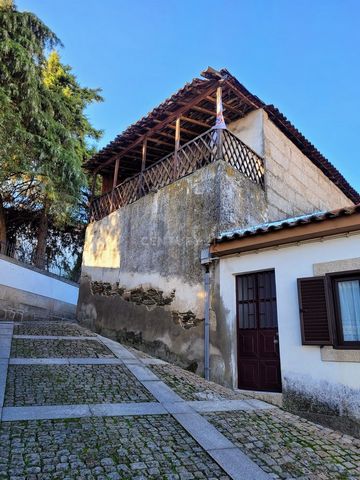



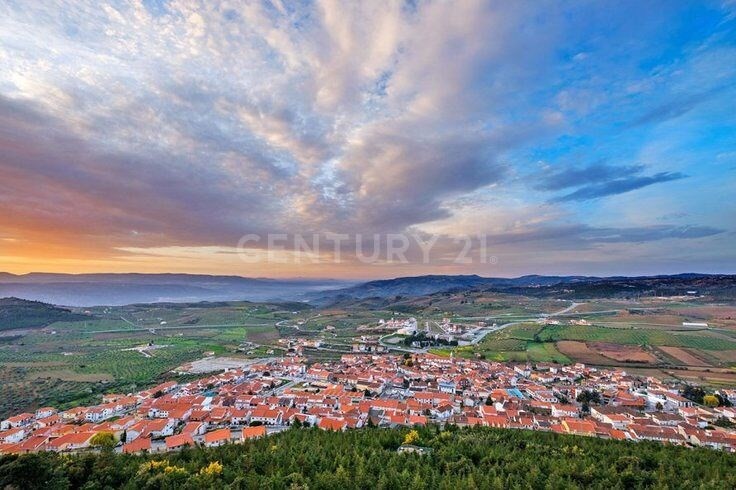



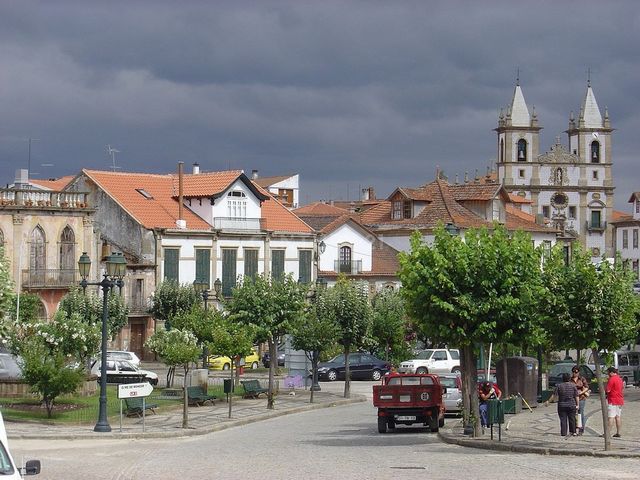
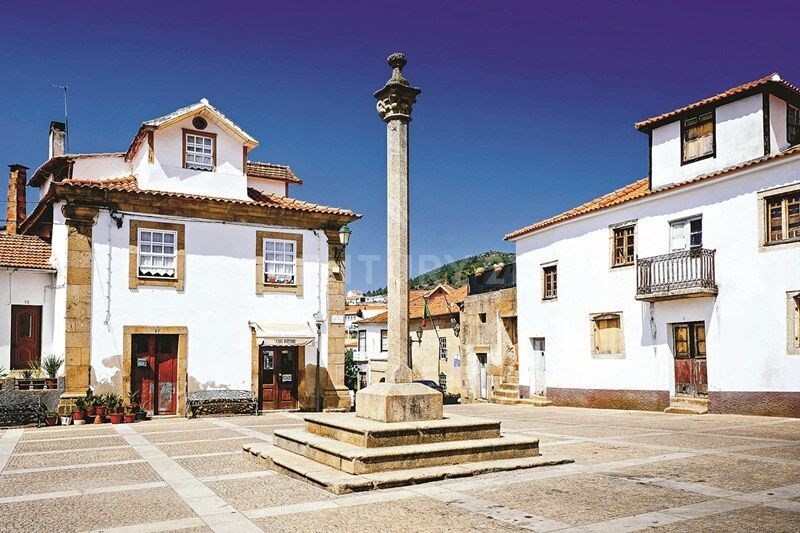
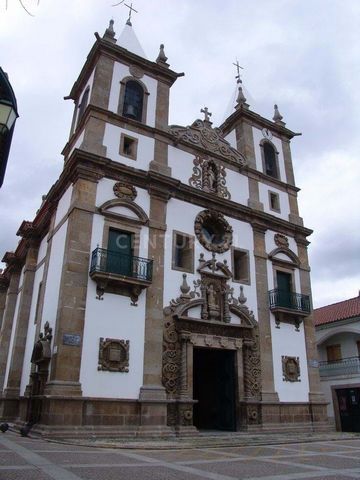
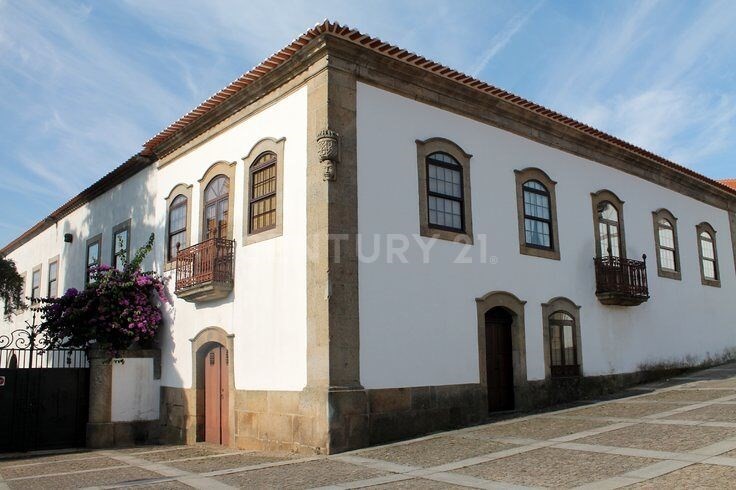


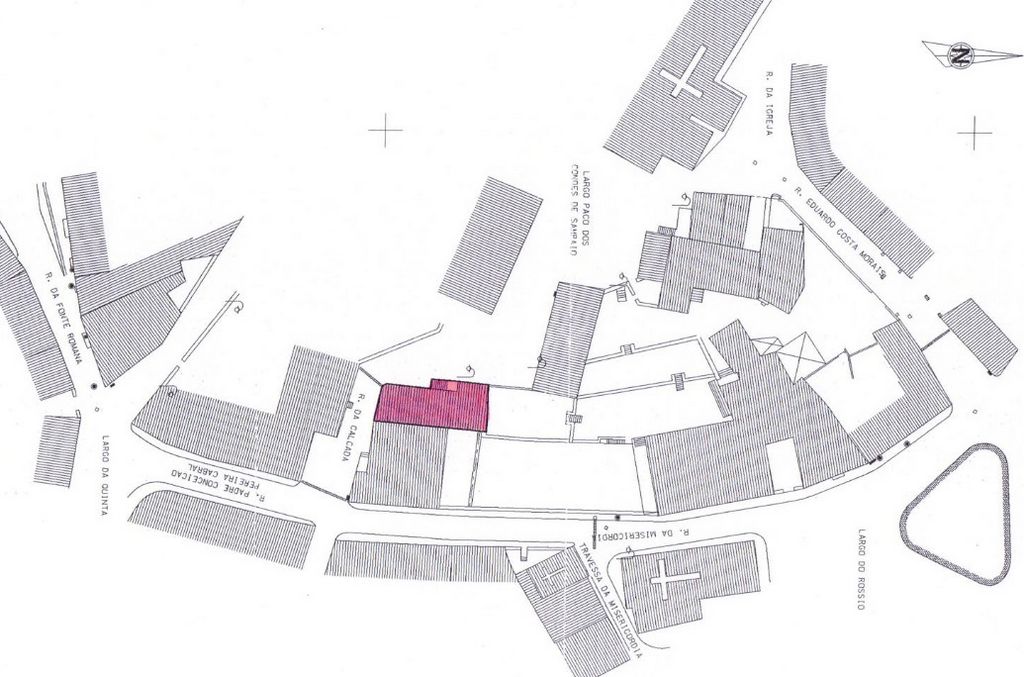
Implanted in a plot of 136m2 and with a gross private area of 221 m2 in the middle of the historical area of Vila Flor near the church square. After improvement works, this beautiful villa can become your home or vacation home in the lands of Trás-os-Montes and Alto Douro, and can become an investment of seasonal or annual profitability.It benefits from its centrality, the beauty of its traditional features that both characterize and embellish Vila Flor, quiet land of palatial grandeur, good people, good food and capital of Olive Oil is also region of excellent vegetables grown in the famous Valley (Horta) of Vilariça and inserted in the production region of the best wines of Portugal. Due to its great potential this villa could easily become a dream home!Join me in this discovery of Vila Flor and the best that the lands of Trás-os-Montes have to offer? I'm waiting for you! "Capital of the Olive Oil, in the heart of the Terra Quente Transmontana, in the South of Bragança District, Vila Flor has about 7 thousand inhabitants, spread over 14 parishes, in a total area of 272 Km2. D. Dinis, Poet King, when he passed through this town, until then called "Póvoa d'Álem Sabor", was enchanted and surrendered to the beauty of the landscape and, in 1286, lovingly renamed it "Vila Flor". Around 1295, D. Dinis orders to build around it, as a way of protection, a belt of walls with 5 doors or arches. The Arch of D. Dinis remains, a monument of public interest.
The Middle Ages of this "bouquet of cravelinas and bem-me-queres," as Cabral Adão called it, is flourishing, receiving special impetus with the reception of Jewish families fleeing European persecution and that were developing agriculture, trade and industries of tanning and goldsmithery. D. Manuel I later attributed a new charter to Vila Flor, reformulating the previous one, in May 1512, which can be seen in the Museu Municipal D.ra Berta Cabral. Anti-Jewish in nature, the policy of D. Manuel I meant the expulsion of Jews from the municipality, but ruins of houses and cobblestones can still be seen on Ruas Nova, Saco and Portela, the legacy of this remote period.
Rich in history, traditions, monuments and people, the Municipality is also a reference for the excellent quality of its agricultural products that come from the fertile Vilariça Valley. Companies such as Frize and Sousacamp, known inside and outside the Portuguese borders, are also part of the patrimony of this land. Famous in the art of hospitality, Vila Flor's accommodations include hotels, agro-tourism and rural tourism. In the summer, this "burgo alpestre" is sought by hundreds of tourists from various corners of the country and abroad, for the lush green wealth of its Camping Park." Source: Vila Flor City Council View more View less Moradia tradicional transmontana de 2 pisos, com um lindíssimo alpendre em madeira, edificada com paredes de pedra xistosa e granítica típicas da construção da região.
Implantada num terreno de 136m2 e com uma área bruta privativa de 221 m2 em plena zona histórica de Vila Flor junto ao largo da Igreja. Após obras de beneficiação esta bonita moradia poderá tornar-se no seu lar ou na sua casa de férias em terras de Trás-os-Montes e Alto Douro, podendo torná-lo num investimento de rentabilidade sazonal ou anual.Beneficia da sua centralidade, da beleza da sua traça tradicional que tanto caracterizam e embelezam Vila Flor, terra pacata de imponência palaciana, de boas gentes, boa comida e capital do Azeite é igualmente região de excelentes hortícolas cultivadas no famoso Vale (Horta) da Vilariça e inserida em região de produção dos melhores vinhos de Portugal. Devido ao seu grande potencial esta moradia poderá facilmente converter-se numa casa de sonho!Acompanha-me nesta descoberta por Vila Flor e pelo que as terras transmontanas têm de melhor para oferecer? Espero por si! Capital do Azeite, no coração da Terra Quente Transmontana, a Sul do Distrito de Bragança, Vila Flor conta com cerca de 7 mil habitantes, distribuídos por 14 freguesias, numa área total de 272 Km2.. D. Dinis, Rei Poeta, aquando da sua passagem por este burgo, até então denominado por "Póvoa d´Álem Sabor", ficara encantado e rendido à beleza da paisagem e, em 1286, carinhosamente a re-baptizou de "Vila Flor". Cerca de 1295, D. Dinis manda erguer, em seu redor, em jeito de proteção, uma cinta de muralhas com 5 portas ou arcos. Resta o Arco de D. Dinis, monumento de interesse público.
A Idade Média deste ramalhete de cravelinas e bem-me-queres, como lhe chamou Cabral Adão, é florescente, recebendo especial impulso com o acolhimento de famílias judaicas fugidas às perseguições europeias e que aqui foram desenvolvendo a agricultura, o comércio e as indústrias de curtumes e ourivesaria. D. Manuel I viria, mais tarde, a atribuir novo Foral a Vila Flor, reformulando o anterior, em Maio de 1512, o qual pode ser apreciado no Museu Municipal D.ra Berta Cabral. De carácter anti-judaica, a politica de D. Manuel I significa a expulsão dos judeus do Concelho mas ainda podem ser apreciadas ruínas de habitações e pedras da calçada das Ruas Nova, do Saco e da Portela, herança deste período remoto.
Rico em história, tradições, monumentos e gentes, o Concelho é também referência pela excelente qualidade dos seus produtos agrícolas que brotam do fértil Vale da Vilariça. Empresas como as Frize e a Sousacamp, conhecidas dentro e fora das fronteiras lusas, também fazem parte do património desta terra. Famosos na arte de bem receber, os alojamentos em Vila Flor incluem, Hóteis, Agro Turismo e Turismo Rural. No verão, este "burgo alpestre" é procurado por centenas de turistas oriundos de vários cantos do país e estrangeiros, pela riqueza verdejante do seu Parque de Campismo. Fonte: Câmara Municipal de Vila Flor Traditional transmontana house of 2 floors, with a beautiful wooden porch, built with schist and granite stone walls typical of the construction of the region.
Implanted in a plot of 136m2 and with a gross private area of 221 m2 in the middle of the historical area of Vila Flor near the church square. After improvement works, this beautiful villa can become your home or vacation home in the lands of Trás-os-Montes and Alto Douro, and can become an investment of seasonal or annual profitability.It benefits from its centrality, the beauty of its traditional features that both characterize and embellish Vila Flor, quiet land of palatial grandeur, good people, good food and capital of Olive Oil is also region of excellent vegetables grown in the famous Valley (Horta) of Vilariça and inserted in the production region of the best wines of Portugal. Due to its great potential this villa could easily become a dream home!Join me in this discovery of Vila Flor and the best that the lands of Trás-os-Montes have to offer? I'm waiting for you! "Capital of the Olive Oil, in the heart of the Terra Quente Transmontana, in the South of Bragança District, Vila Flor has about 7 thousand inhabitants, spread over 14 parishes, in a total area of 272 Km2. D. Dinis, Poet King, when he passed through this town, until then called "Póvoa d'Álem Sabor", was enchanted and surrendered to the beauty of the landscape and, in 1286, lovingly renamed it "Vila Flor". Around 1295, D. Dinis orders to build around it, as a way of protection, a belt of walls with 5 doors or arches. The Arch of D. Dinis remains, a monument of public interest.
The Middle Ages of this "bouquet of cravelinas and bem-me-queres," as Cabral Adão called it, is flourishing, receiving special impetus with the reception of Jewish families fleeing European persecution and that were developing agriculture, trade and industries of tanning and goldsmithery. D. Manuel I later attributed a new charter to Vila Flor, reformulating the previous one, in May 1512, which can be seen in the Museu Municipal D.ra Berta Cabral. Anti-Jewish in nature, the policy of D. Manuel I meant the expulsion of Jews from the municipality, but ruins of houses and cobblestones can still be seen on Ruas Nova, Saco and Portela, the legacy of this remote period.
Rich in history, traditions, monuments and people, the Municipality is also a reference for the excellent quality of its agricultural products that come from the fertile Vilariça Valley. Companies such as Frize and Sousacamp, known inside and outside the Portuguese borders, are also part of the patrimony of this land. Famous in the art of hospitality, Vila Flor's accommodations include hotels, agro-tourism and rural tourism. In the summer, this "burgo alpestre" is sought by hundreds of tourists from various corners of the country and abroad, for the lush green wealth of its Camping Park." Source: Vila Flor City Council Maison traditionnelle transmontane de 2 étages, avec un beau porche en bois, construite avec des murs en pierre de schiste et de granit typiques de la construction de la région.
Implanté dans un terrain de 136m2 et avec une surface privée brute de 221 m2 au milieu de la zone historique de Vila Flor près de la place de l’église. Après des travaux d’amélioration, cette belle villa peut devenir votre maison ou votre maison de vacances dans les terres de Trás-os-Montes et Alto Douro, et peut devenir un investissement de rentabilité saisonnière ou annuelle.Il bénéficie de sa centralité, de la beauté de ses caractéristiques traditionnelles qui caractérisent et embellissent à la fois Vila Flor, terre tranquille de grandeur palatiale, de bonnes gens, de bonne nourriture et capitale de l’huile d’olive est également une région d’excellents légumes cultivés dans la célèbre vallée (Horta) de Vilariça et insérés dans la région de production des meilleurs vins du Portugal. En raison de son grand potentiel, cette villa pourrait facilement devenir une maison de rêve !Rejoignez-moi dans cette découverte de Vila Flor et de ce que les terres de Trás-os-Montes ont de mieux à offrir ? Je vous attends ! « Capitale de l’huile d’olive, au cœur de la Terra Quente Transmontana, au sud du district de Bragança, Vila Flor compte environ 7 mille habitants, répartis sur 14 paroisses, sur une superficie totale de 272 Km2. D. Dinis, roi poète, lorsqu’il est passé par cette ville, jusqu’alors appelée « Póvoa d’Álem Sabor », a été enchanté et s’est abandonné à la beauté du paysage et, en 1286, il la renomma affectueusement « Vila Flor ». Vers 1295, D. Dinis ordonne de construire autour d’elle, en guise de protection, une ceinture de murs à 5 portes ou arcs. L’Arc de D. Dinis demeure, monument d’intérêt public.
Le Moyen Âge de ce « bouquet de cravelinas et de bem-me-queres », comme l’appelait Cabral Adão, est florissant, recevant une impulsion particulière avec l’accueil de familles juives fuyant les persécutions européennes et qui développaient l’agriculture, le commerce et les industries de tannerie et d’orfèvrerie. D. Manuel I attribua plus tard une nouvelle charte à Vila Flor, en reformulant la précédente, en mai 1512, que l’on peut voir dans le Museu Municipal D.ra Berta Cabral. De nature antijuive, la politique de D. Manuel I signifiait l’expulsion des Juifs de la municipalité, mais des ruines de maisons et de pavés sont encore visibles sur les Ruas Nova, Saco et Portela, héritage de cette période lointaine.
Riche en histoire, en traditions, en monuments et en habitants, la municipalité est également une référence pour l’excellente qualité de ses produits agricoles qui proviennent de la fertile vallée de Vilariça. Des entreprises telles que Frize et Sousacamp, connues à l’intérieur et à l’extérieur des frontières portugaises, font également partie du patrimoine de cette terre. Célèbre dans l’art de l’hospitalité, l’hébergement de Vila Flor comprend des hôtels, de l’agrotourisme et du tourisme rural. En été, ce « burgo alpestre » est recherché par des centaines de touristes de divers coins du pays et de l’étranger, pour la richesse verdoyante de son Camping Park. Source : Conseil municipal de Vila Flor